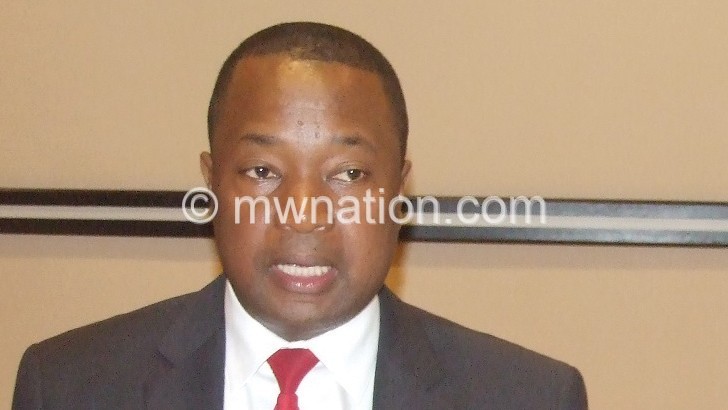2019 good year for economy—RBM
The Reserve Bank of Malawi (RBM) Governor Dalitso Kabambe has branded 2019 as a good year as all macro-economic indicators remained stable.
In his 2019 economic performance assessment, he said the year will go down in history as the one the country came out of the May 21 Tripartite Elections with a stable economy.
Kabambe said based on the constitutional mandate of maintaining price and financial stability, RBM’s work in 2019 was successful.

He said the central bank maintained inflation in single digit throughout the year except November, continued with a track record of stable exchange rate despite a blip in June and July, eased monetary policy stance to 13.5 percent from 16 percent at the beginning of the year and introduced the reference rate as the base lending rate for commercial banks.
Said Kabambe: “In the just-ended year, the economy rebounded from four percent growth in 2018 to a projected five percent in 2019, higher than the regional average of 3.4 percent and global growth of three percent.
“Inflation remained muted in single digit throughout the year except for November and is projected to average 9.2 percent for 2019. Notably, non-food inflation recorded its historically low level of 4.3 percent in October 2019, a feat last achieved in 1981.”
He said the exchange rate remained largely stable despite a modest movement in June and July. The policy rate was revised twice downwards in January and May 2019 from 16 percent to 14.5 percent and then 13.5 percent.
“With moral suasion, we also managed to bring down interest rate spread to 7.5 percent from a peak of 31 percent in 2016 and the current spread is better than many of the peers in the region. Lending rates for microfinance institutions were also brought down from a peak of 30 percent per month for some loan products to a maximum of five to six percent,” he said.
During the year, Kabambe said the banking system also remained well capitalised, liquid with non-performing loans dropping to a record low level of 4.3 percent, which is within the five percent minimum regulatory requirement, last achieved in 2012.
Kabambe, however, singled out food price developments, particularly maize, as one major challenge in 2019, saying maize prices increases caused persistent high food inflation.
He said: “This is a challenge for monetary policy because it creates negative inflation expectations despite the fact that the source of inflation is from the supply side. As repeatedly explained in the past year, the modern monetary policy that the RBM adopted, requires that the expectations should be well anchored.”
But in its 2019 Business Environment Assessment Report, Malawi Confederation of Chambers of Commerce and Industry (MCCCI) has argued that the positive developments in the macroeconomic variables did not lead to improvement in economic growth, as measured by the rate of growth of GDP.
“The success of any economy is primarily measured by an increase in the wealth created by changes in these variables. However, the positive developments in the macroeconomic variables did not lead to improvement in economic growth, as measured by the rate of growth of gross domestic product, which has remained subdued especially in the very recent past,” reads the report.
MCCCI said GDP growth rates in the past five years reflect lack of meaningful creation of wealth by the private sector.




